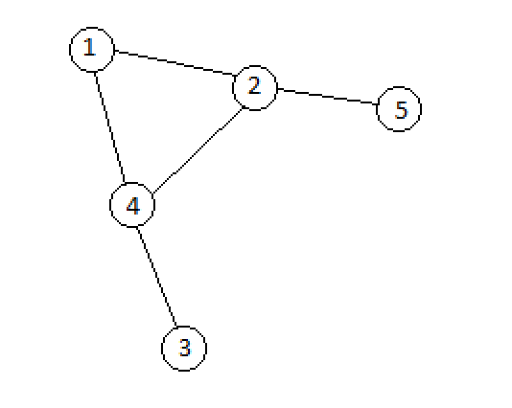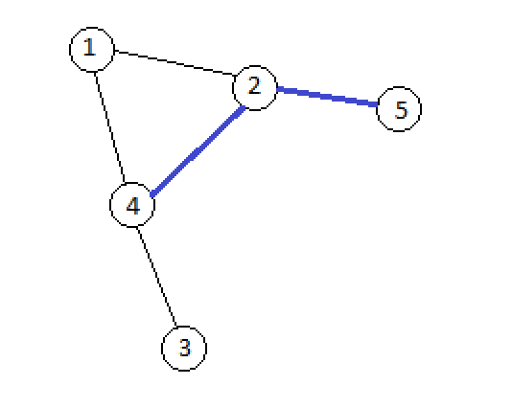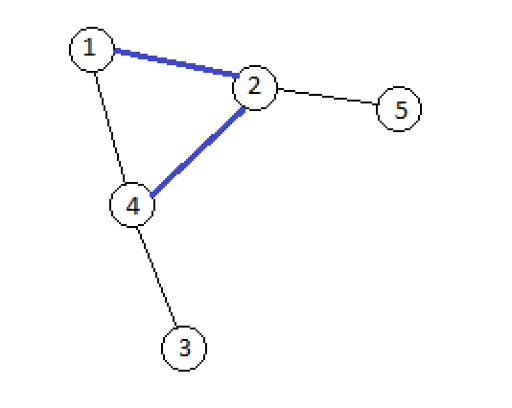CF117E.Tree or not Tree
普及/提高-
通过率:0%
AC君温馨提醒
该题目为【codeforces】题库的题目,您提交的代码将被提交至codeforces进行远程评测,并由ACGO抓取测评结果后进行展示。由于远程测评的测评机由其他平台提供,我们无法保证该服务的稳定性,若提交后无反应,请等待一段时间后再进行重试。
题目描述
You are given an undirected connected graph G consisting of n vertexes and n edges. G contains no self-loops or multiple edges. Let each edge has two states: on and off. Initially all edges are switched off.
You are also given m queries represented as (v,u) — change the state of all edges on the shortest path from vertex v to vertex u in graph G . If there are several such paths, the lexicographically minimal one is chosen. More formally, let us consider all shortest paths from vertex v to vertex u as the sequences of vertexes v,v1,v2,...,u . Among such sequences we choose the lexicographically minimal one.
After each query you should tell how many connected components has the graph whose vertexes coincide with the vertexes of graph G and edges coincide with the switched on edges of graph G .
输入格式
The first line contains two integers n and m ( 3<=n<=105 , 1<=m<=105 ). Then n lines describe the graph edges as a b ( 1<=a,b<=n ). Next m lines contain the queries as v u ( 1<=v,u<=n ).
It is guaranteed that the graph is connected, does not have any self-loops or multiple edges.
输出格式
Print m lines, each containing one integer — the query results.
输入输出样例
输入#1
5 2 2 1 4 3 2 4 2 5 4 1 5 4 1 5
输出#1
3 3
输入#2
6 2 4 6 4 3 1 2 6 5 1 5 1 4 2 5 2 6
输出#2
4 3
说明/提示
Let's consider the first sample. We'll highlight the switched on edges blue on the image.
-
The graph before applying any operations. No graph edges are switched on, that's why there initially are 5 connected components.

-
The graph after query v=5,u=4 . We can see that the graph has three components if we only consider the switched on edges.

-
The graph after query v=1,u=5 . We can see that the graph has three components if we only consider the switched on edges.

Lexicographical comparison of two sequences of equal length of k numbers should be done as follows. Sequence x is lexicographically less than sequence y if exists such i ( 1<=i<=k ), so that xi<yi , and for any j ( 1<=j<i ) xj=yj .